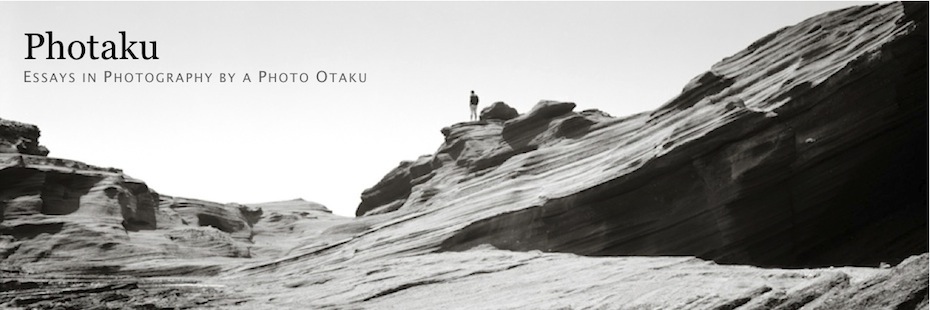Kodak “Monetizing its intellectual property”
In younger days, when I hadn’t an appreciation for history, I did not like Eastman Kodak Company. I was a FujiFilm guy all the way, which angered my uncle who lived in Windsor, Colorado when Kodak had a large facility there that employed most of that small town. To me at that time “Kodak” signaled “cheap” while “Fuji” signaled “quality.”
However, as I took up film photography a couple years ago and started a great deal of reading in the history of photography, I came to appreciate George Eastman’s role in innovating and popularizing photography worldwide. There was still a crass American commercial aspect of his operation that rubbed me wrong, but strangely even that aspect I came to appreciate. Kodak played a huge role in the widespread development of photography to the masses, and that required a certain imagination and brilliance in both technical design, processing, and marketing so that the photographic process–not exactly a simple thing in the early days–was accessible to ordinary folks. The slogan Eastman coined upon the unveiling of his camera in 1888 –“You press the button and we do the rest”–captured the spirit of a late nineteenth early twentieth century revolution in photography that Eastman Kodak spearheaded with inexpensive portable rollfilm cameras and a mail-in service to process your exposed film. Brilliant.
Kodak stumbled, however, in the rush to digital photography, but not because it wasn’t innovating in the field. Kodak actually holds many of the most basic patents for digital imaging and was–briefly–on the cutting edge back in the 1980s. Japanese competitors (sorry uncle) soon leap-frogged Kodak in the quality and features of newer digital cameras and soon dominated the market. Since then, Kodak has been in a slow decline that has pretty much hit rock bottom in recent days.
Last week, news came out that Kodak–unprofitable for the last three years–was tapping a $160 million credit line and was in the process of “monetizing its intellectual property“; i.e., selling its patents for cash it sorely needs. Moody’s then lowered Kodak’s ratings lower to “CC”–junk status. Then, a few days after that news got out, it was reported that the company hired a lawyer from Jones Day to consider its restructuring options, including possible bankruptcy filing. Kodak’s stock tanked further, down to 76 cents a share (at which point I should have bought a lot of Kodak stock). Kodak insists it is not going to file for bankruptcy, which brought its stock back up today to $1.34 (darn! I should have bought some on Friday!).
Whatever ultimately happens to Kodak, it’s sad to me to see such a venerable old company, and one so instrumental in the development and promotion of photography, to find itself in such dire straits. It was inheriting my late father’s Brownie Hawkeye Flash that set me on this reverse path down (up?) film photography after many years of digital. So, in a sense, like many others over Kodak’s 131-year-old history, I owe a debt of gratitude to George Eastman’s company for introducing me to the wonderful art and science of film photography. As tribute, I shot a roll of Kodak 35mm film today….
Musings & Experiments
- Collodion Bastards and the Indian Connection
- Microtypes
- Figalotypes
- R.B. Graflex Series D Lens Catalog
- The R.B. Graflex Series D Restoration Project
- Worldwide Pinhole Photography Day 2012
- It’s Official: I’m a Large Format Whore
- A New “Book” Project?
- No Longer a Kodak Shareholder
- Kodak Restructures and Brings My Shares Back to Break Even
Latest Flickr Post





